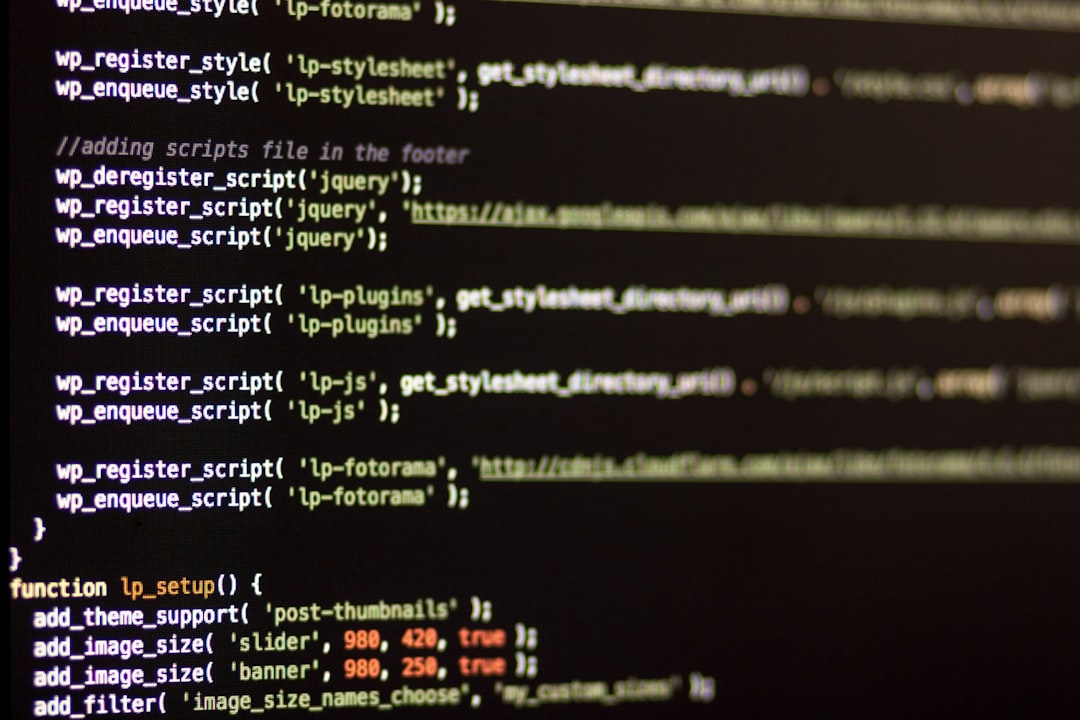What is it about?
There is significant interest in the scientific community to reduce drag of aircraft. Reducing the drag of an aeroplane implies use of less fuel, and thus reduced environmental impact due to noxious emissions from engines. The worlds oil reserves are finite, the technology investigated in this work explores how air flowing over an aircraft wing can be made to flow over the surface more efficiently; the more efficiently air flows over the surface, less fuel is used in the engines. Laminar flow wings are known to have a lower drag count than conventional turbulent wing flows. A more physically correct, and importantly, computationally efficient theoretical approach is reported in this work which allows rapid means for assessing the use of plasma actuators to maintain and control laminar boundary-layer flows over aircraft wings.
Featured Image

Photo by Ramón Salinero on Unsplash
Why is it important?
We show how a simple linearized harmonic Navier Stokes (LHNS) framework can be used to efficiently model the effects of using a distributed dielectric barrier discharge (DBD) plasma actuator to control stationary cross-flow instabilities. The novel aspect of the work concern use of the LHNS framework - the approach models the near field effects of the plasma actuator, in addition to capturing the mean flow correction induced by the plasma arising on the three-dimensional swept wing steady laminar boundary-layer flow. Earlier works have used brute force solutions to the fully unsteady Navier-Stokes equations with significant high-performance computing resource usage. We show, that that the relatively weak phenomenon to control boundary-layer instabilities can be equally modelled within the more efficient LHNS framework.
Read the Original
This page is a summary of: Stabilization of crossflow instability with plasma actuators: Linearized Navier–Stokes simulations, Proceedings of the Institution of Mechanical Engineers Part G Journal of Aerospace Engineering, April 2019, SAGE Publications,
DOI: 10.1177/0954410019842033.
You can read the full text:
Contributors
The following have contributed to this page










